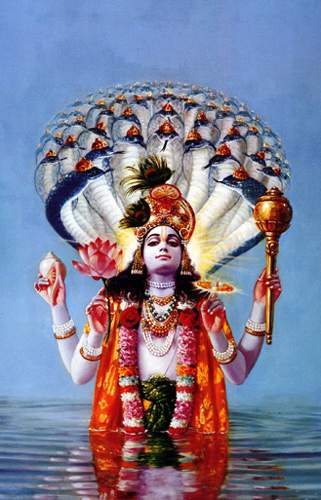(Think outside of the box from Kaboompics//Karolina on Pexels)
STRATEGY 1 - READING OUT LOUD
This is a strategy I sometimes use more when I write stories so that the POV or description sounds right in my head, but I can see the merits in using this strategy for evaluating stories as well.
Reading a transcript out loud enforces closer reading of each sentence, firmly planting auditory information in your mind. Furthermore, slowly taking in the details and the structure of the words more easily registers a reading as a whole.
For this reason, I feel this technique can help a reader retain details of a story so that they do not have to flip-flop between the notepad and source to get necessary details for making an argument. I recall every detail about Why Dog and Cat are Enemies because I even so much as muttered the words to myself in audible tone and fantastical voice.
STRATEGY 2 - COPY AND DELETE
One by one, coherent thoughts are formed based on what you see, yet also one by one, you run the risk of forgetting what you attributed it to in the first place.
I would honestly consider this the worst of the three feedback techniques. While it pays to focus on one paragraph at a time for the sake of forming concrete ideas, those separate thoughts may not reflect your consumption of a story as a whole. Then, when you want to go back and find the paragraph you attribute it to, it's already gone.
When I use this strategy, it feels less like I'm experiencing the story, which after doing so I go back and skim it and then write my feedback or notes. This strategy has its uses for picking apart story structure, but if you're deleting what you're using as reference in the first place, I cannot recommend this strategy.
STRATEGY 3 - USING A TIMER
The second most useful strategy, in my opinion, though it may vary in usefulness depending on how long a reading lasts.
A self-imposed timer forces you to stay true to your own word that you'll work during the time period on a timer. You might not be able to read the story and get your feedback notes down in the same period, but if you have time to read the story again after finishing it, you might see details that you didn't catch before, or come up with new ways to think about the story's form and content (which I did with this modern day adaptation of the Adam and Eve story), and add those to your eventual feedback or reading notes.
I prefer self-regulating my time because I'm stubborn that way, and 10 to 20 minutes seems too short for the kind of work that goes into reviewing and presenting feedback, but it's not a bad strategy to try.




